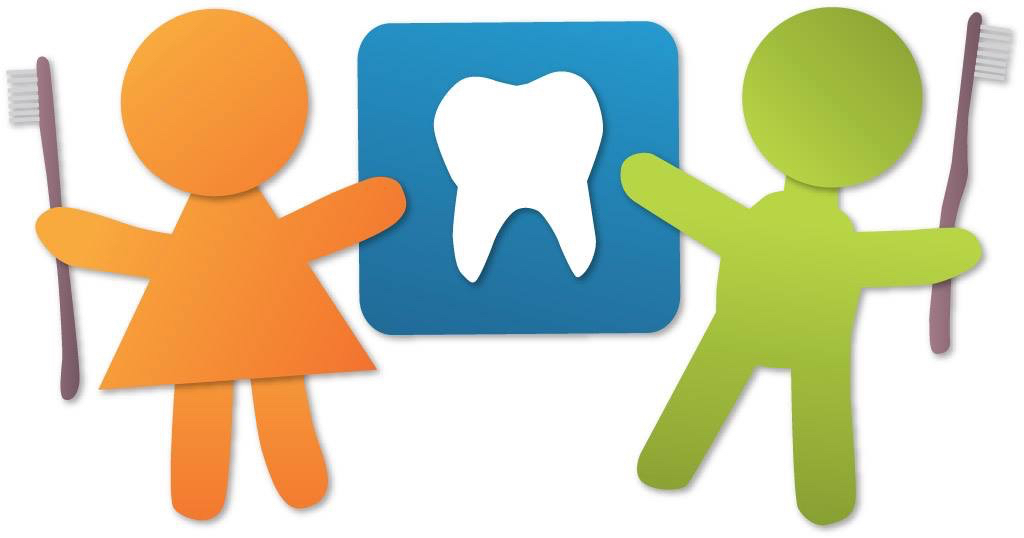Bleeding after an accident
Children are very prone to accidents involving the mouth and lips, especially the little ones who are learning to walk, or older children who play sports or skateboard. Any injury to the oral area can result in bleeding around the gums and teeth.
If you notice bleeding around a damaged tooth and the tooth is not very loose, you can monitor your child at home. Keep your child on a soft diet for a few days to prevent further damage to the teeth and soft tissues. The bleeding should stop shortly, and the tooth should tighten over time.
A traumatized tooth may darken over time. This just means that red blood cells have been forced into the hard part of the tooth from the blood vessels in the nerve (pulp) tissue. A traumatized baby tooth may change into an array of colors, from pink to dark gray. This color change does not necessarily mean that the tooth needs to be removed. It only means that the tooth has suffered some type of trauma and needs to be watched closely. Sometimes, a traumatized tooth will need subsequent removal weeks or months after the trauma. Signs to watch for include complaints of dental pain, seeing an abscess or bubble on the gums above or below the traumatized teeth, constant fidgeting with, touching, or avoiding the tooth in very young children. In any of these cases, please call our office to schedule an appointment.
If you notice bleeding in the gums or other areas of the mouth, use a soft towel to apply pressure to stop the bleeding. Cuts in the mouth can bleed a lot, but should stop within a few minutes with gentle pressure on the area. If the bleeding continues and doesn't stop with 10-15 minutes of gentle pressure, you may have to take your child to the emergency room to check for any possible bleeding disorders.
You may give your child Children's Tylenol (Acetaminophen) or Children's Motrin/Advil (Ibuprofen) to relieve pain and use ice compresses over swollen areas. Neosporin can be used to prevent infection for any external cuts or scratches. Keep your child on a soft diet for a few days to prevent further damage. Call our office if you have any other questions or if symptoms get worse.
Call your local emergency room if the following occurs:
- Chills, fever, or vomiting
- Difficulty walking or change in gait
- Severe increase in swelling or pain
- Inability to swallow or keep liquids down
- Bleeding that does not stop even after continued pressure for 20 minutes
Call us for a followup appointment if the following occurs:
- The bleeding has stopped, but the area continues to bother your child
- A tooth or teeth appear to be very loose and not tightening after a reasonable amount of time
Doctor Wang, Doctor Perea-Corkish, Doctor Gerodias and the other Doctors of Discovery Pediatric Dentistry make no warranties, expressed or implied, as to any results to be obtained from use of the information on this page. We cannot diagnose or treat patients over the Internet. Information on this site is for educational purposes only. You should not rely on this information as a substitute for personal, medical, and/or dental attention or diagnosis. Without all available information about a patient, it is impossible to make a diagnosis. Help and answers are in the form of general ideas. Only you, your dentist, and other necessary and qualified health care providers can make an appropriate treatment decision in an emergency or for everyday care and dental treatment.
